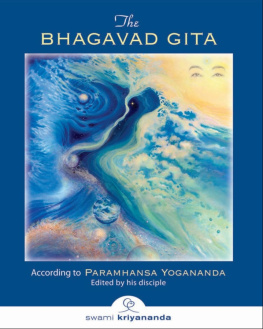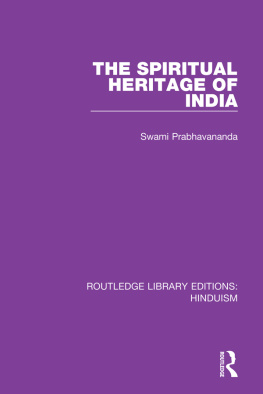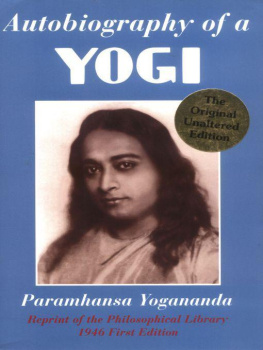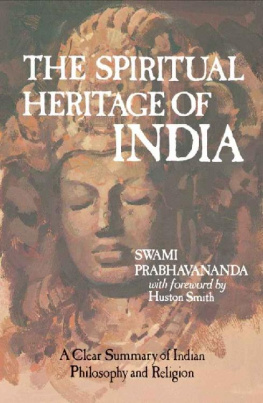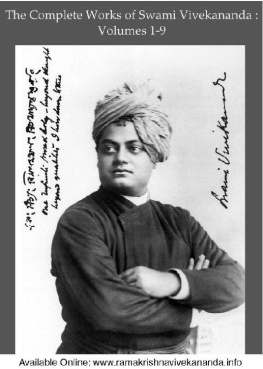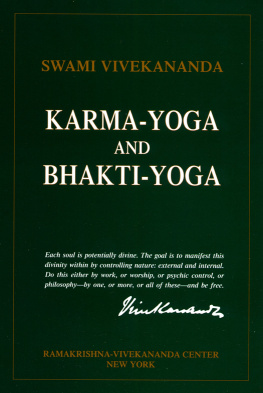The Need For SPIRITUAL COMMUNITIES and How To Start Them
The Need For SPIRITUAL COMMUNITIES and How To Start Them
Swami Kriyananda
Crystal Clarity Publishers
Nevada City, California
Crystal Clarity Publishers, Nevada City, CA 95959
First printing 1968
Second edition, revised and updated, 1988
Third edition, revised and updated, 2013
1968, 1988 by Hansa Trust
All rights reserved. Published 2015.
Printed in the United States of America
ISBN-13: 978-1-56589-294-1
ePub ISBN-13: 978-1-56589-555-3
Front cover photo and design by Nirmala Starner Schuppe
Back cover and interior design by David Jensen

Crystal Clarity
Publisherswww.crystalclarity.com
clarity@crystalclarity.com
800-424-1055
This book is lovingly dedicated to my spiritual teacher, Paramhansa Yogananda, who envisioned cooperative communities as one of the solutions to the problems nowadays besetting mankind.
Contents
PUBLISHERS NOTE
Some readers might be interested to know the genesis of this book, which has taken a few twists and turns over the years. Swami Kriyananda originally wrote this work before he founded his first community, Ananda Village, in order to interest people in the project. Part I, which presents Kriyanandas essential concepts about communities, was first published in 1968, under the title Cooperative Communities: How to Start Them and Why. In 1971 the author republished the book with the addition of Part II about the development of Ananda, and how those developments might offer insights to those wishing to found communities of their own. He updated the book further in 1979.
In 1988 he revised Part I of that book and published it (without Part II) under the title Intentional Communities. Now, for this 2013 edition, he naturally used that 1988 rewrite in place of the 1979 version. And in addition he edited the entire book once more, but with an eye to keeping each Parts voice back in the time when it was originally written.
He also added a new (second) Afterword, written from his current standpoint in April of 2013. It proved to be the last of his published writings, completed not three weeks before his passing.
PREFACE
I first wrote and published this little book in 1968. My purpose at that time was twofold: to suggest general guidelines for people interested in communities; and to offer a blueprint for an intentional community that I myself wanted to found. My hope was to enlist a number of friends in this venture.
Nearly thirty years of research went into the writing of this handbook. My thrust, during that preparatory period, was never romantic or academic. It was always to provide workable guidelines. I enjoyed reading utopian novels about idyllic societies, as much, probably, as anyone. My concern, however, was never with beautiful but impractical theories. It was with concepts that stood a chance of being actually realized on the hard ground of this world.
I first became interested in cooperative communities when I was fifteen. World War II was raging at that time. America, following the disaster of Pearl Harbor, had just entered the conflict. Perhaps it was the hatred and suffering generated by war that helped push me in the direction of seeking an alternative to the arrogant self-affirmation and selfish nationalism that was the spur to that conflict. To me, even then, the thought of people of basically similar interests living in community, and sharing together the struggles of life, offered the best possible answer to some of the pressing problems of our times.
For many years thereafter I fairly devoured every book I could find on communities, past and present. Whenever I could, I visited functioning communities. One such was Dayalbagh, near Agra in India. Another was a kibbutz, near Galilee in Israel. I also visited and studied, from a communitarian point of view, numerous monastic communities throughout the world.
I spoke and corresponded, as well, with a number of people whose expertise might offer solutions to some of the practical problems I anticipated in the founding of a workable community. Among these people was Jayprakash Narayan, formerly the number two man in India after Jawaharlal Nehru. Jayprakash Narayan had left government service in the hope of finding communitarian solutions to Indias problems. He was gracious enough to express enthusiasm for my ideas.
My adult work as an organizer, administrator, teacher, and counselor provided me with direct, practical experience in the intricacies of group dynamics.
Most valuable of all to me were years that I spent meditating on the question of why some communities succeeded, and others failed. Especially I sought to attune myself to inner, divine guidance, for no project can succeed greatly without some guidance from above, which is to say, from the superconscious.
My enthusiasm for this project received added impetus when, in 1948, I met the great master Paramhansa Yogananda, and was accepted by him as a disciple. For I soon learned that the communitarian ideal was dear to him also.
One of the basic aims of Yoganandas mission to the West was thus stated by him: To spread a spirit of brotherhood among all peoples, and to aid in establishing, in many countries, self-sustaining world brotherhood colonies for plain living and high thinking.
For years, as his disciple, I studied everything he had said to me and others, and everything he had written, on this subject. I also devoted long meditative effort to attuning myself inwardly to his thoughts, for a persons concepts can be understood in their true essence only from within.
Shortly after completing this book, I founded Ananda Cooperative Village in the Sierra Nevada foothills of Northern California. That was in 1968. Since then, our communities have become recognized as one of the most successful network of New Age communities in the world.
The present book, too, like Ananda, has gained widespread recognition as a guidebook to the founding of successful communities.
The second part of this volume, written in 1971, presents the story, often dramatic, of Anandas founding. In 1979, a section was added to bring the reader up to date on subsequent developments.
My sense of the importance of cooperative communities has not diminished over the years. It has only grown. The happiness and harmony that members find who live in these communities are its own shining testimonial. I might say in conclusion, then, that the book you are about to read is a revolutionary document. Its intention, however, is to uplift rather than to destroy; it is to inspire you, who read it, with hope that you can revolutionize your own lifeinwardly, as well as outwardly. No other kind of revolution will succeed.


 Crystal Clarity Publishers
Crystal Clarity Publishers


